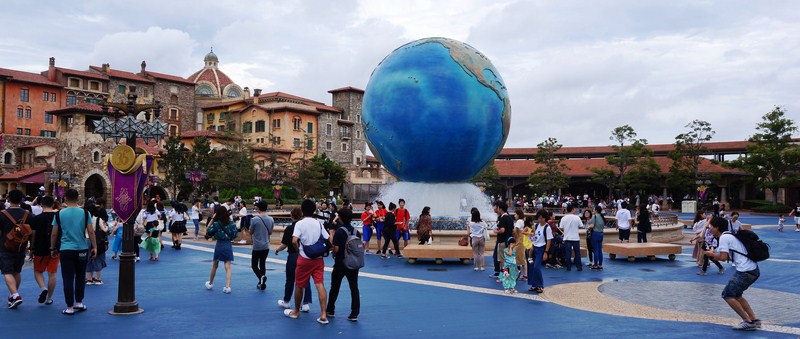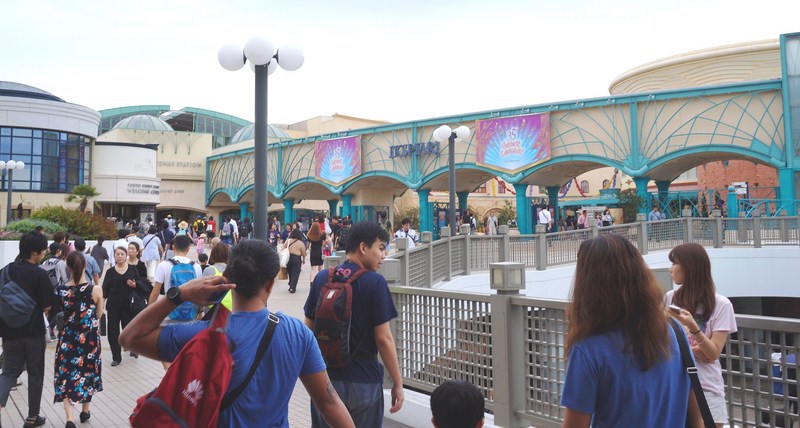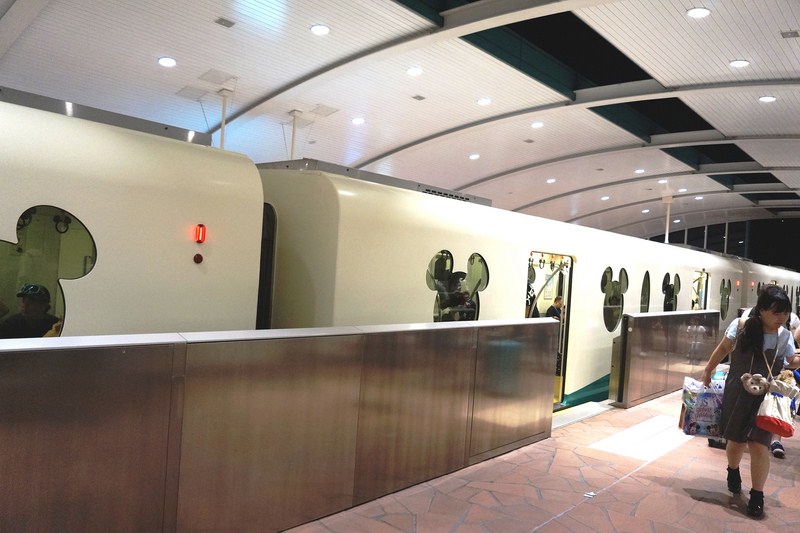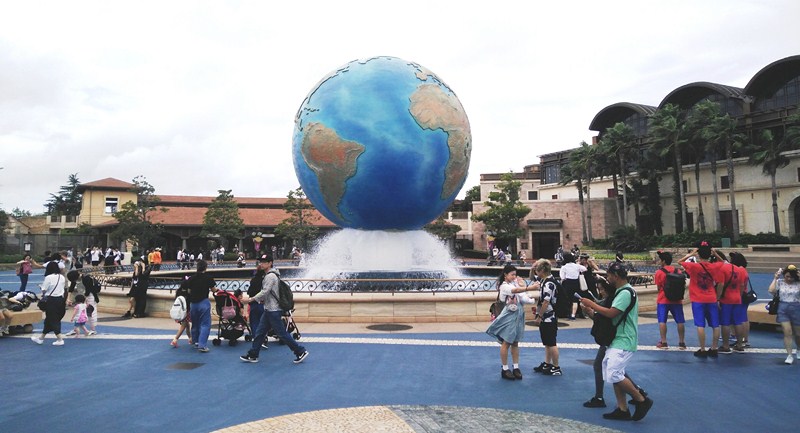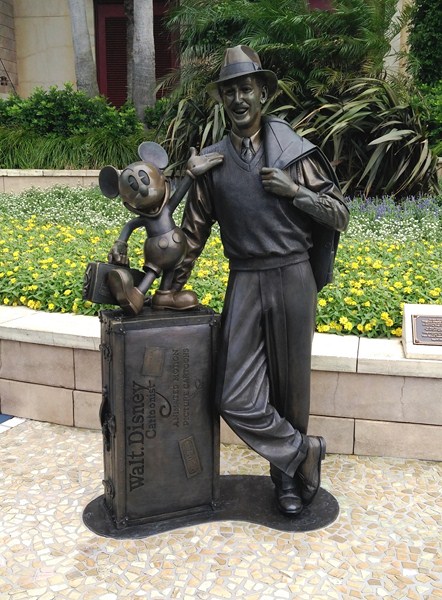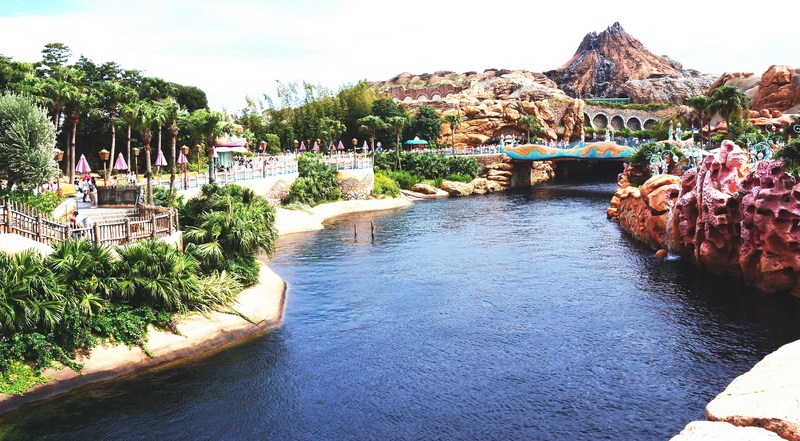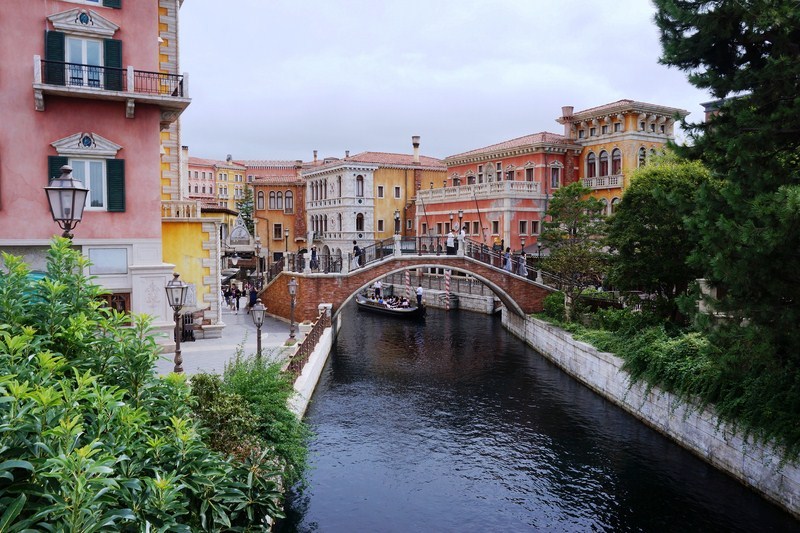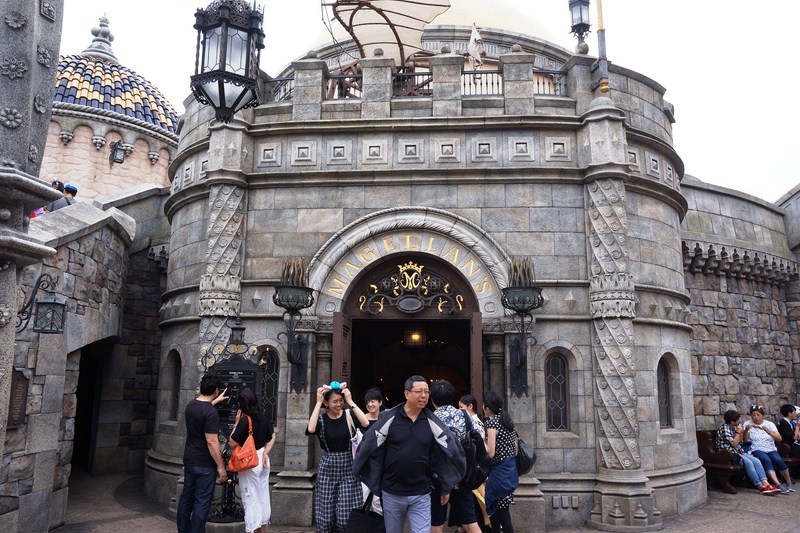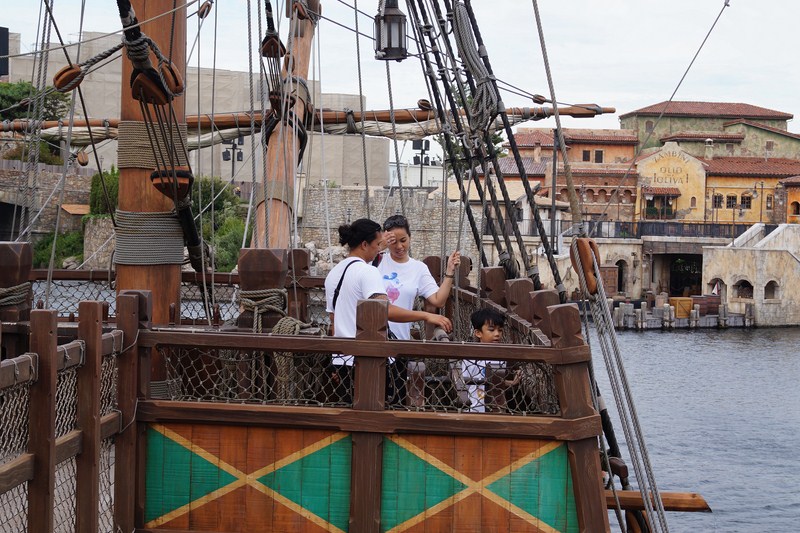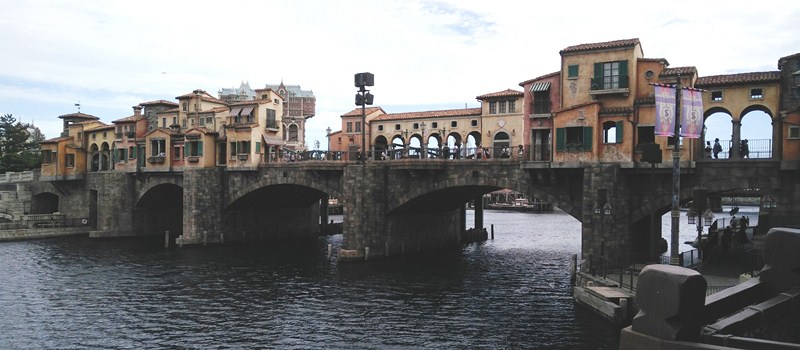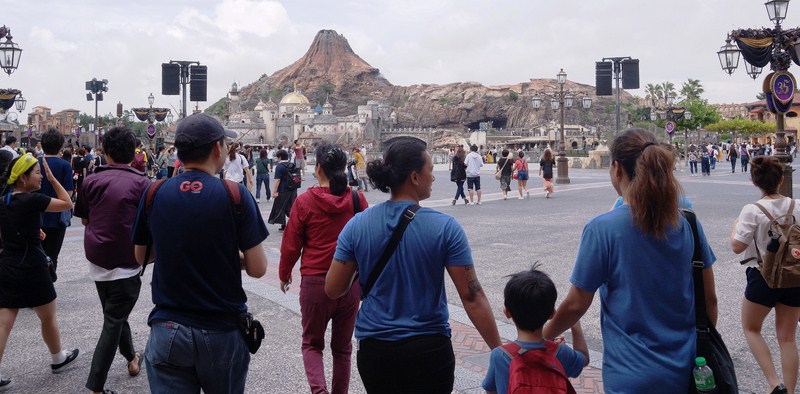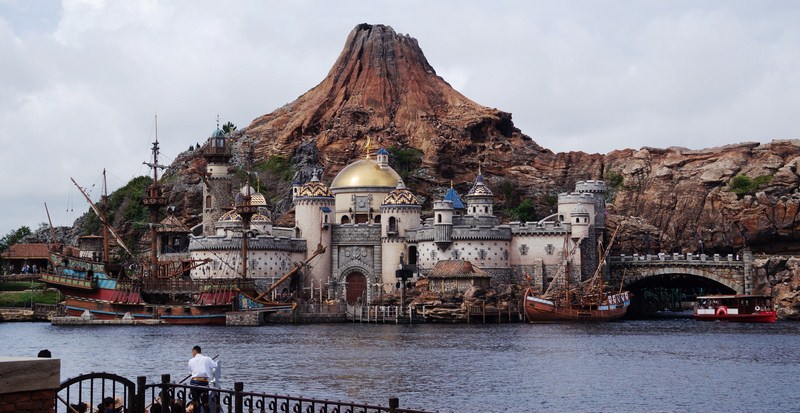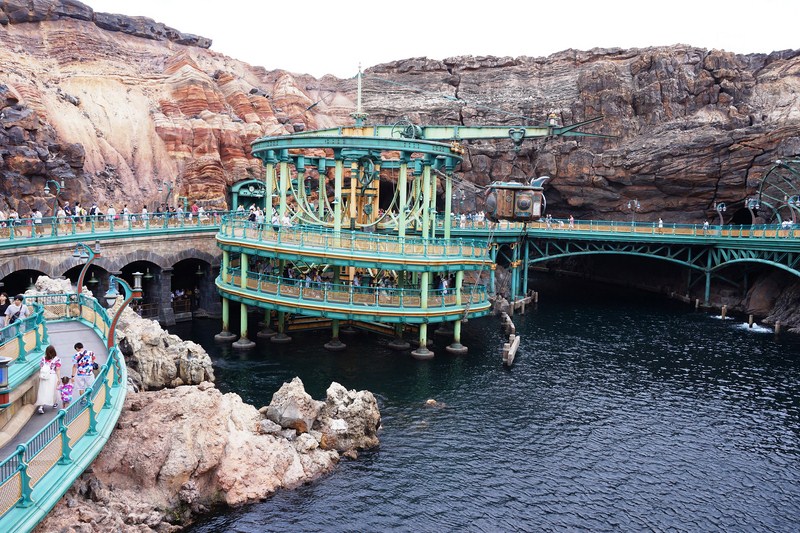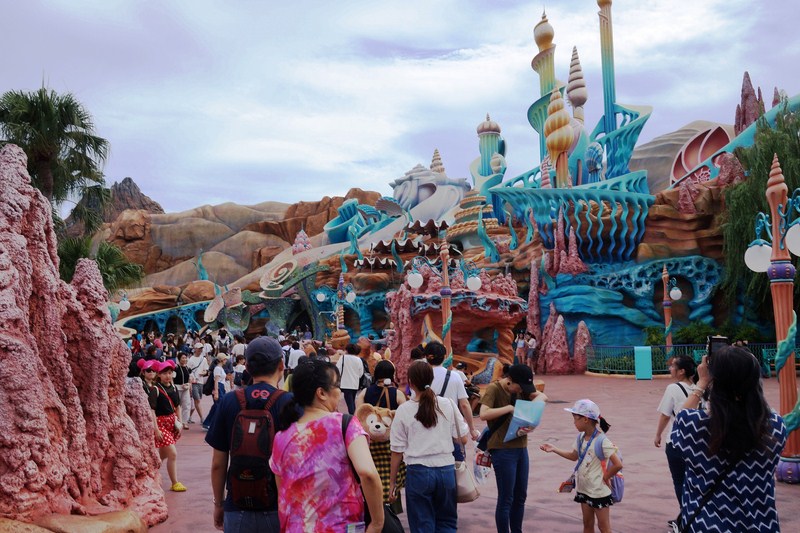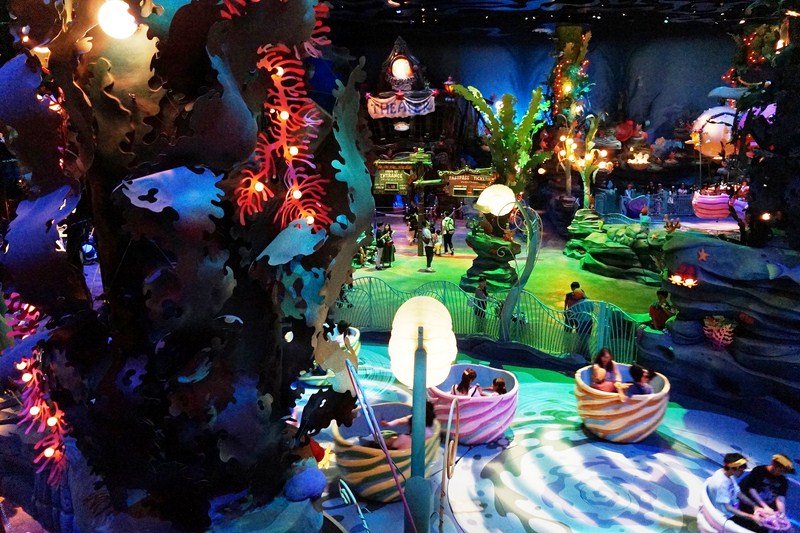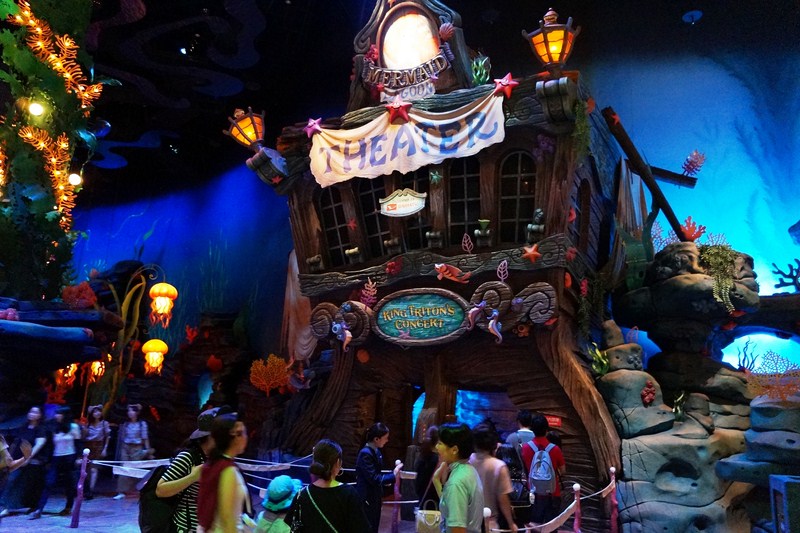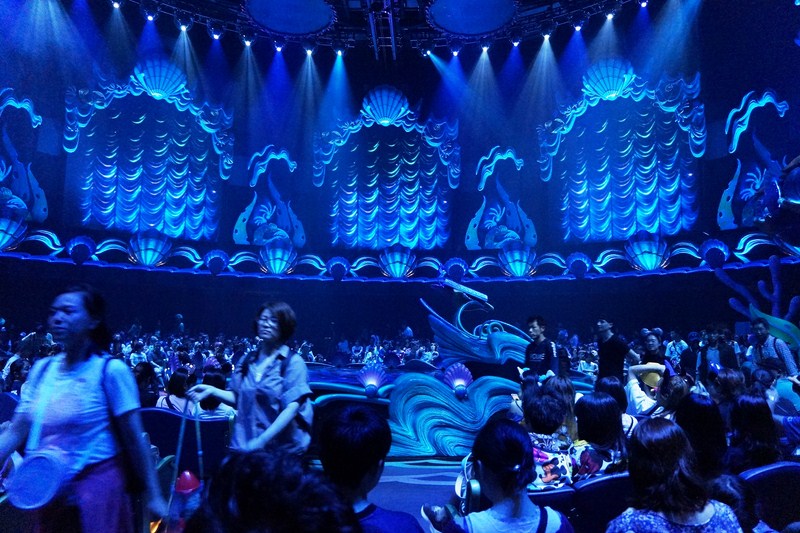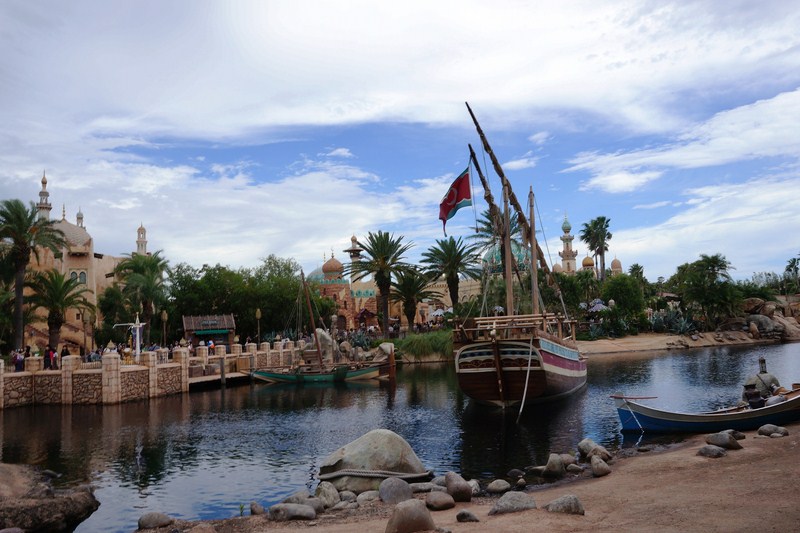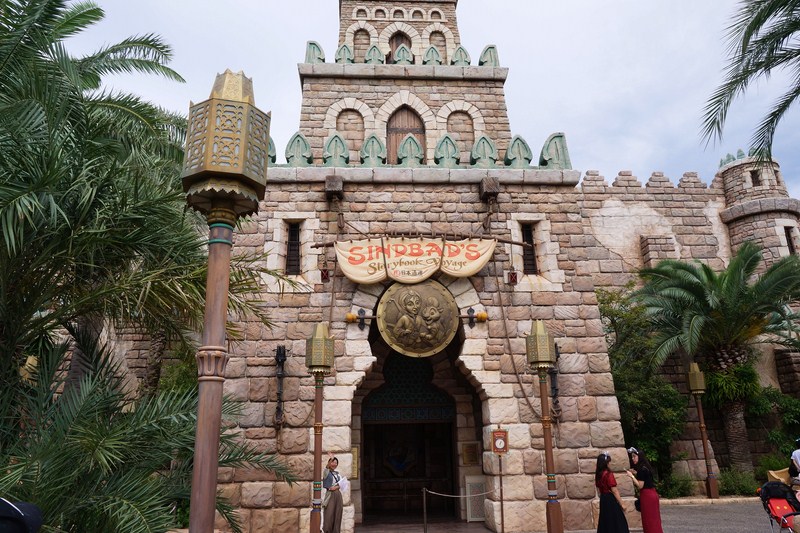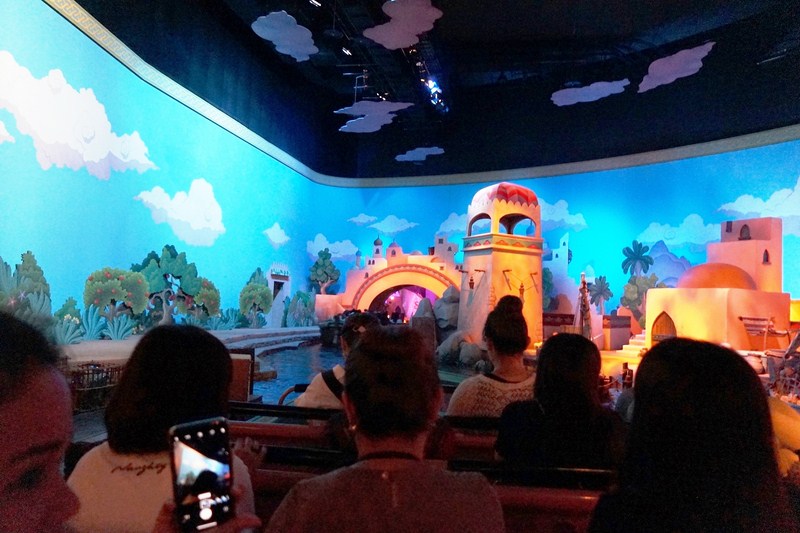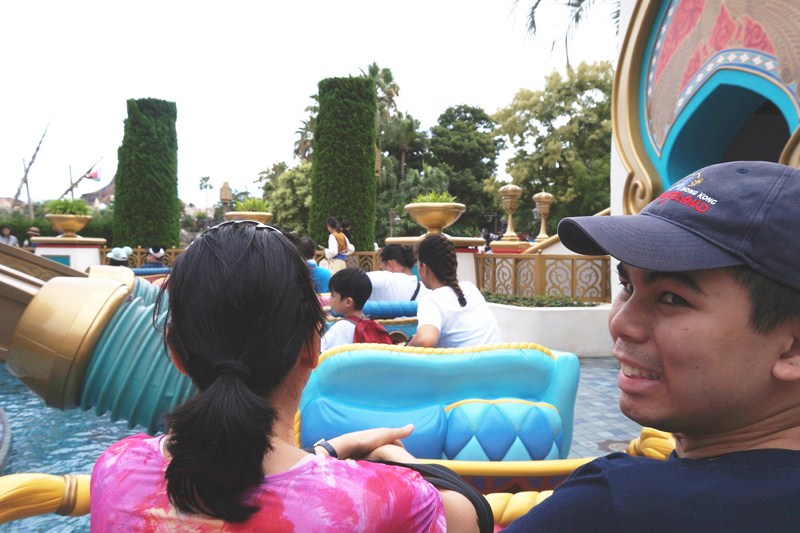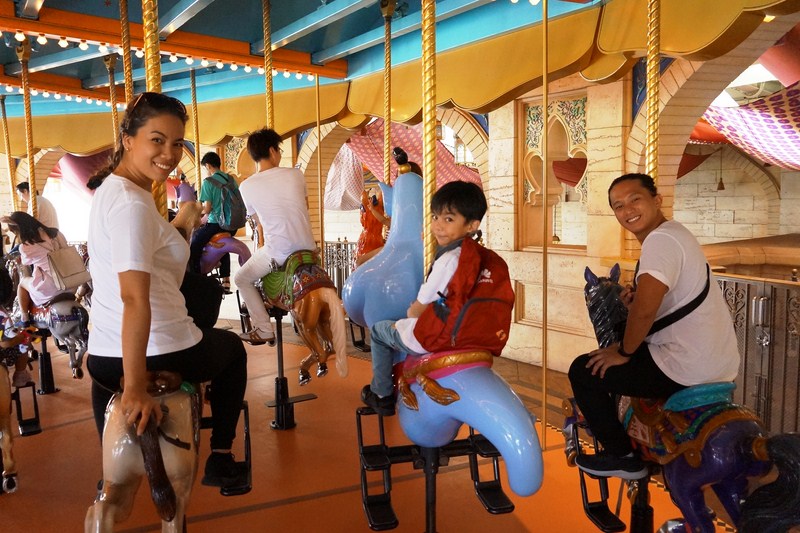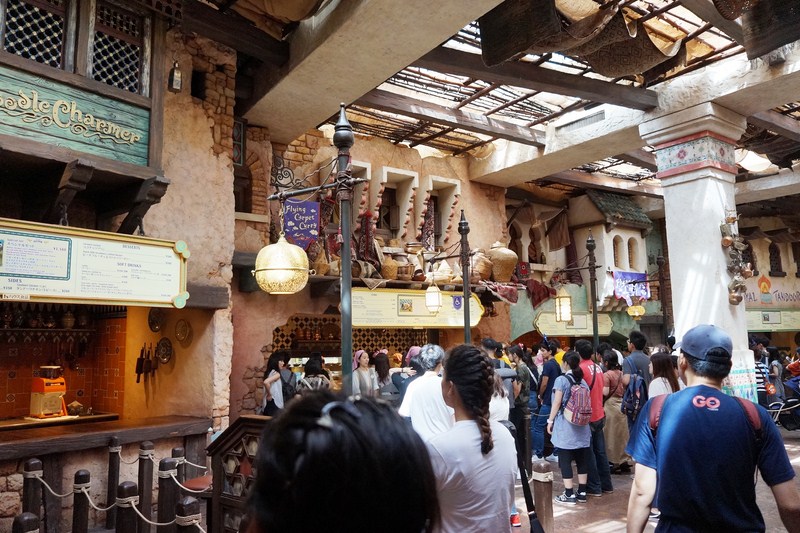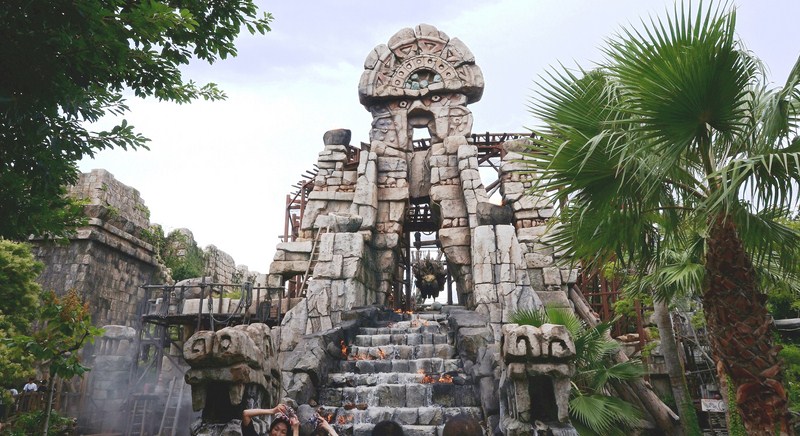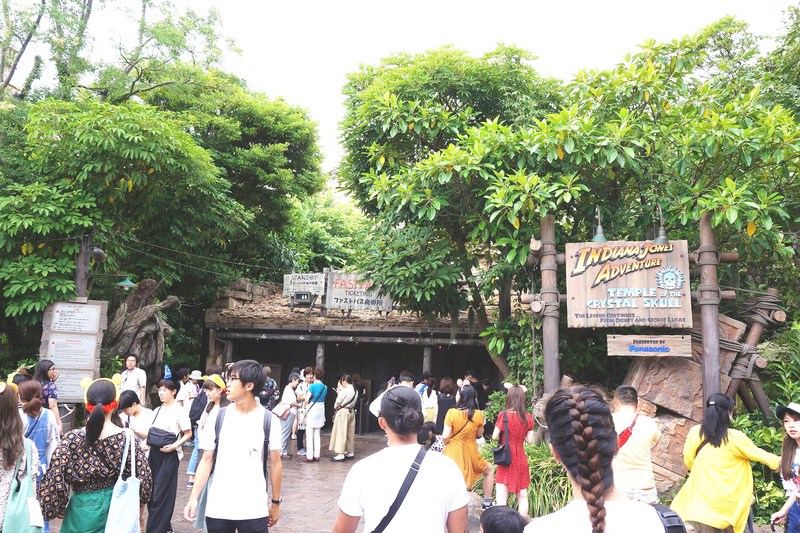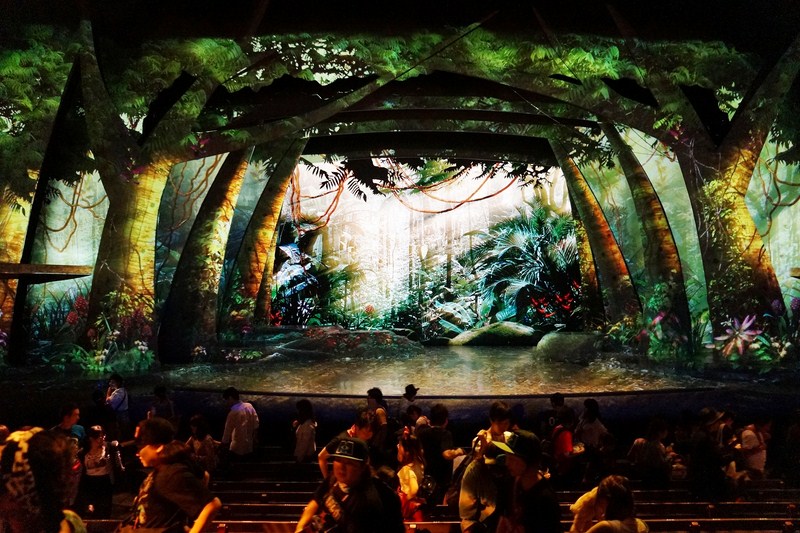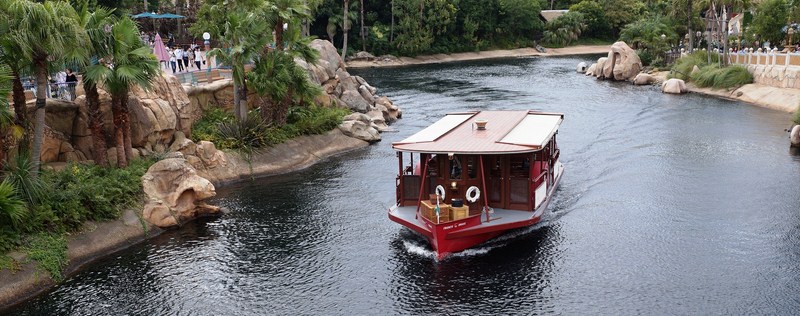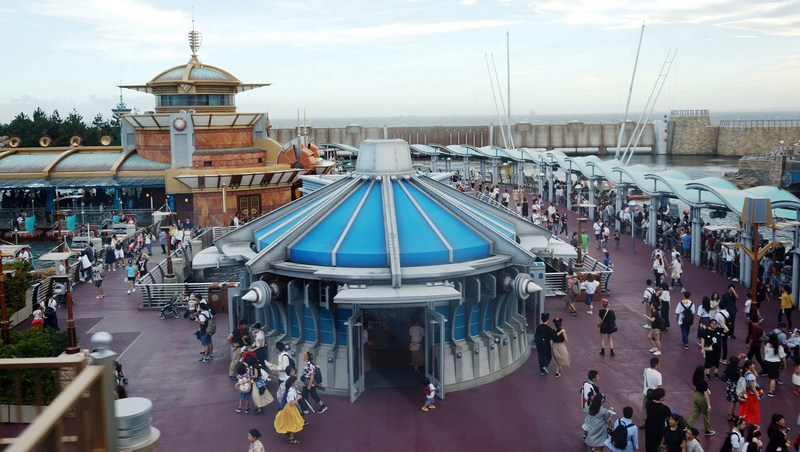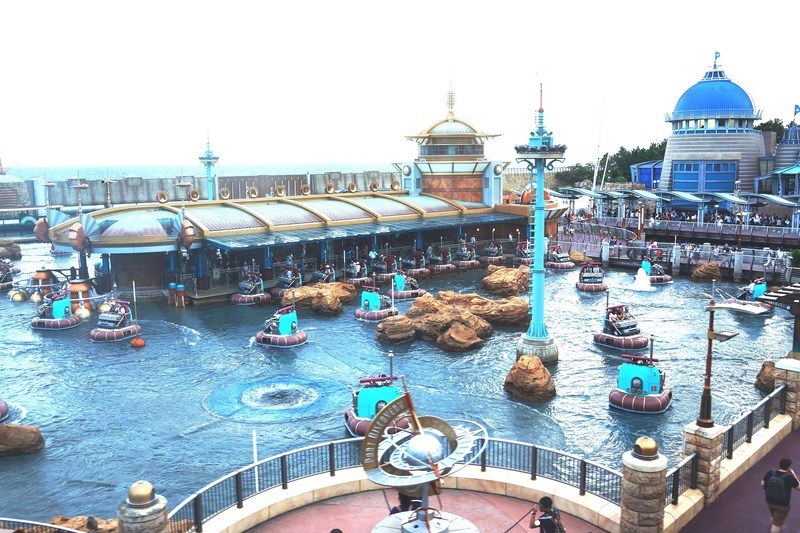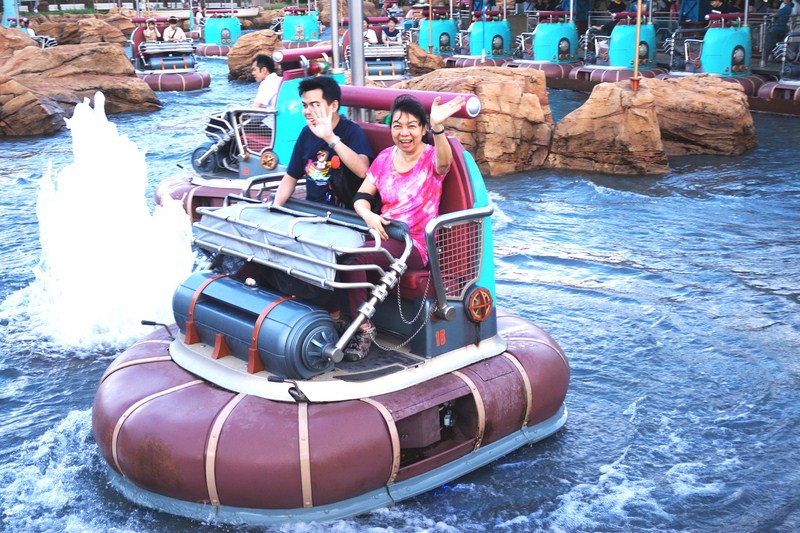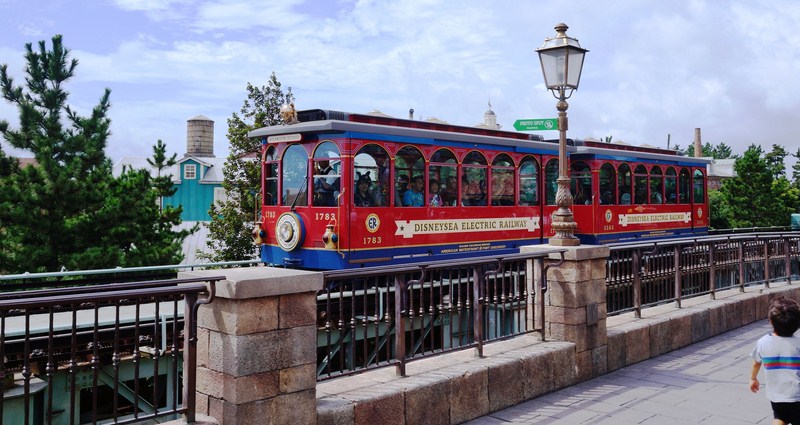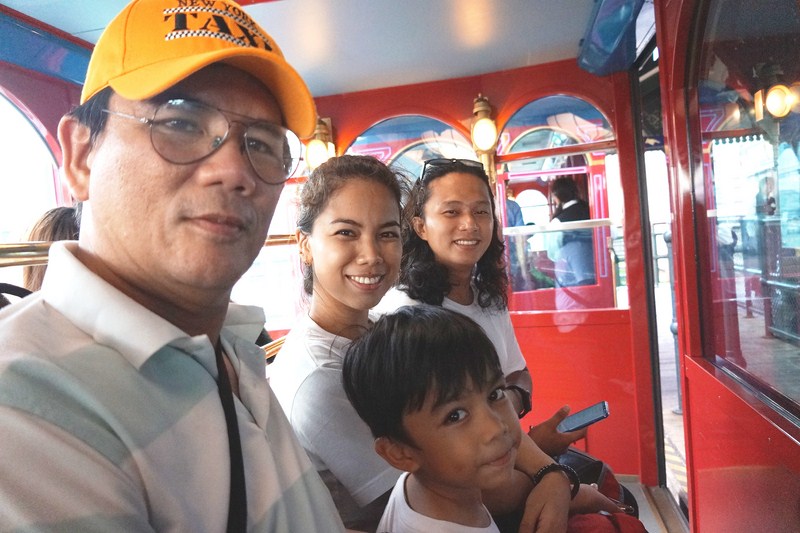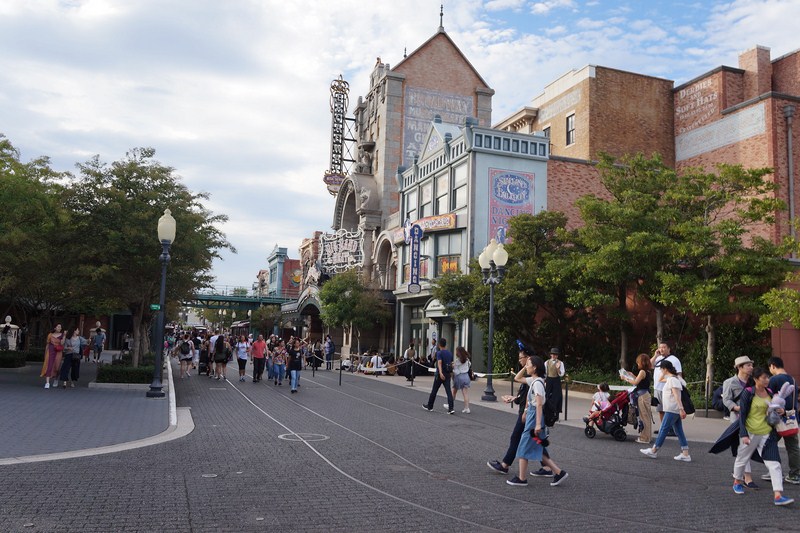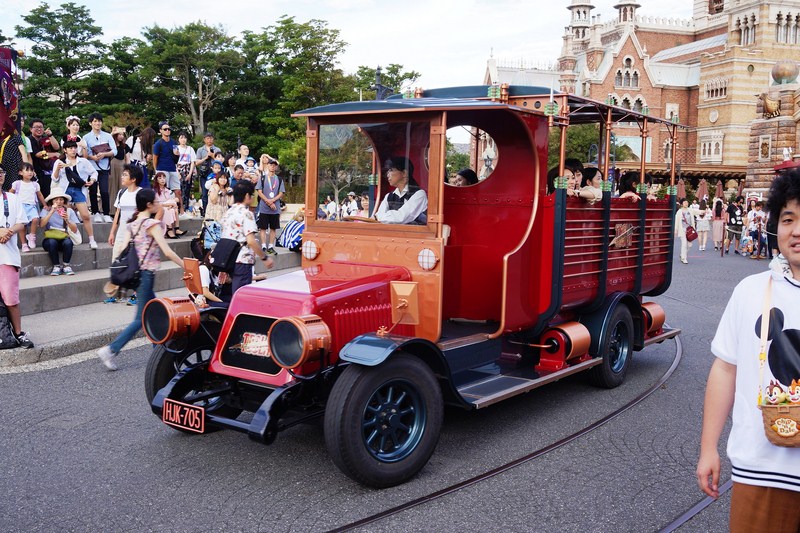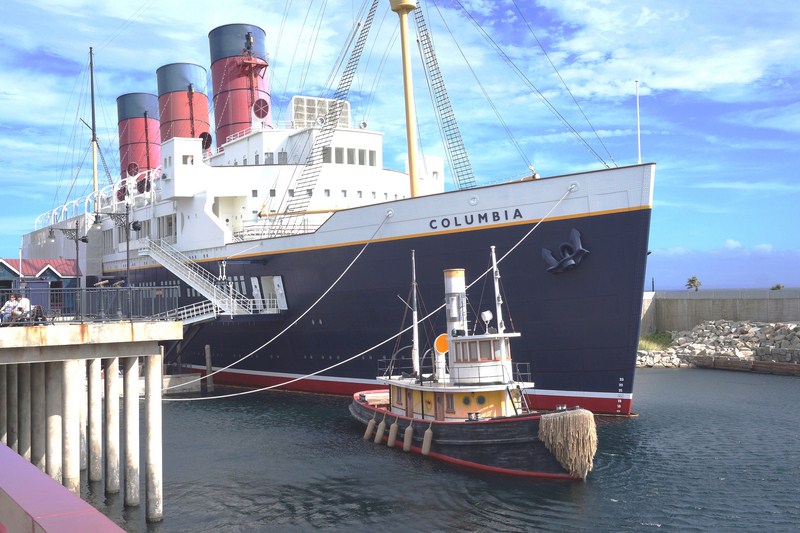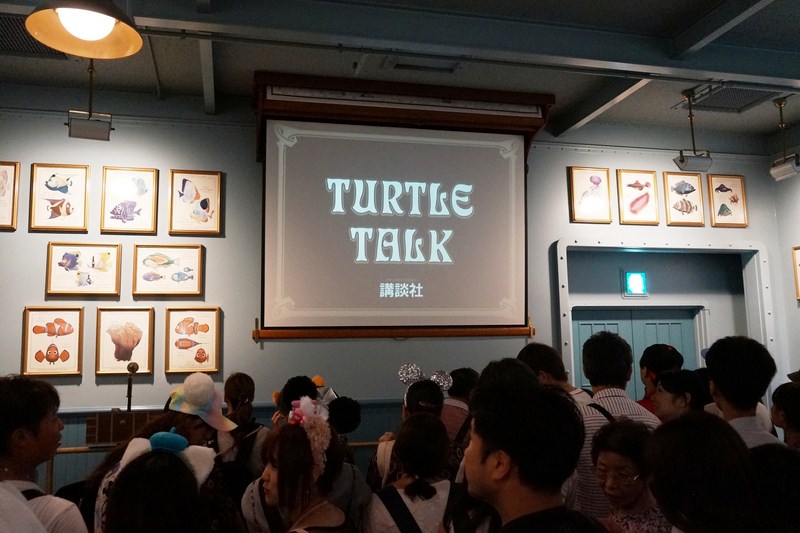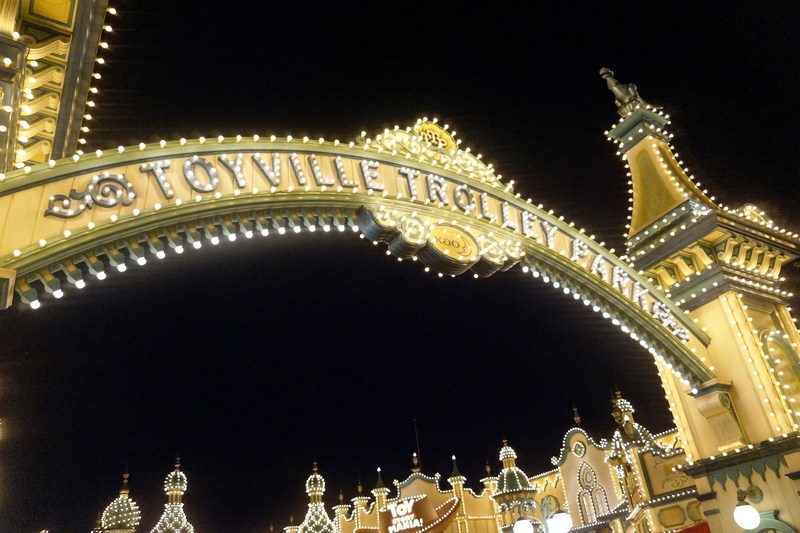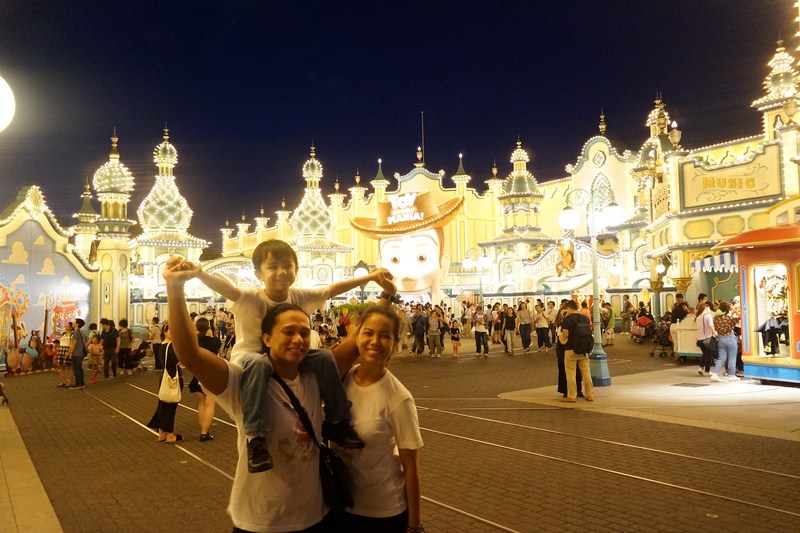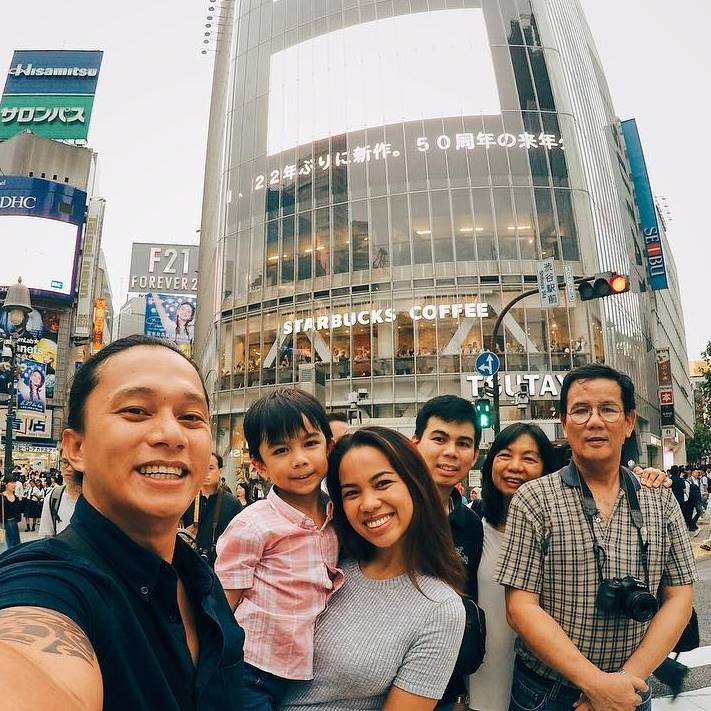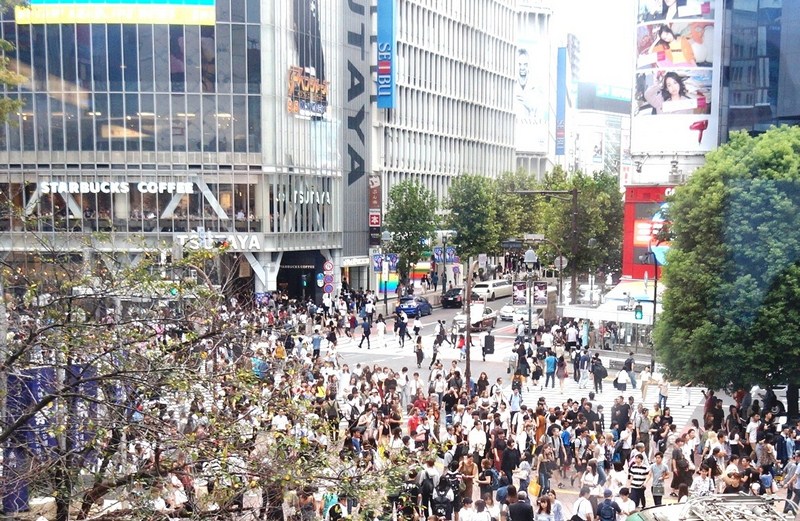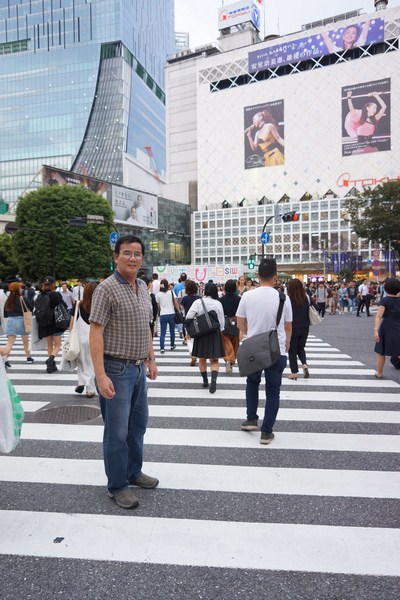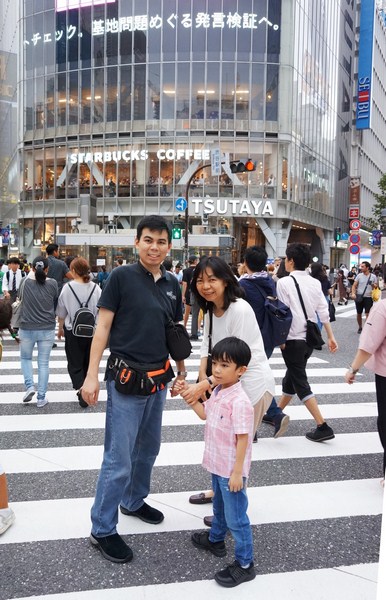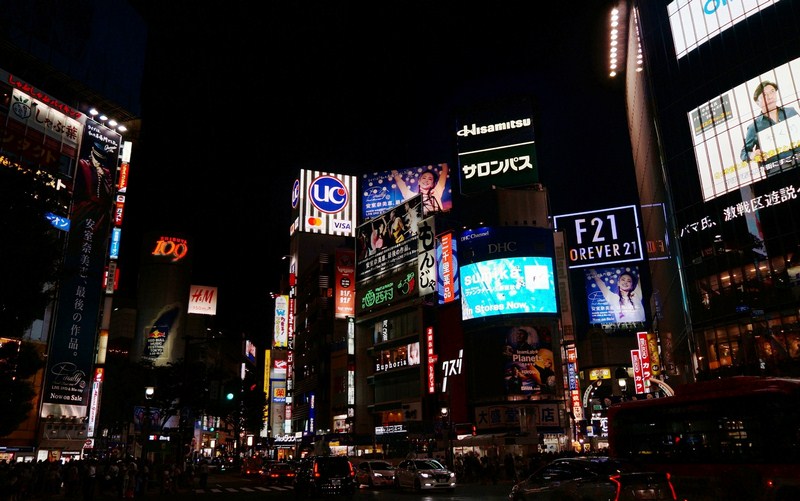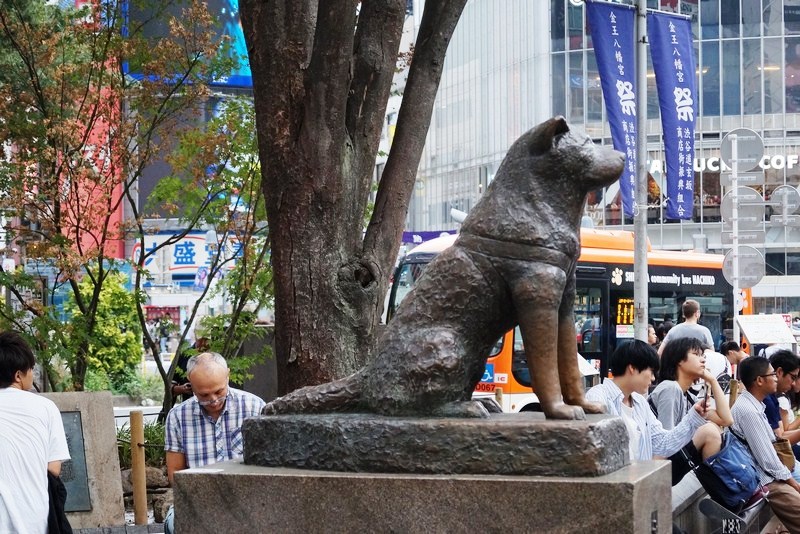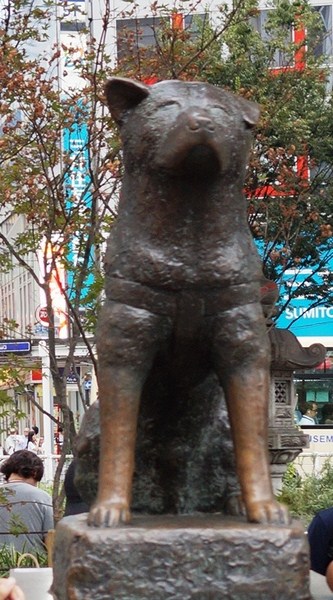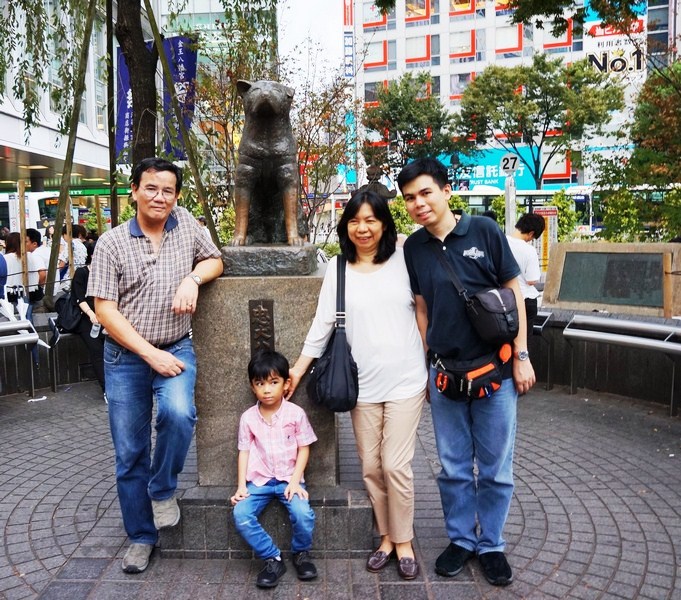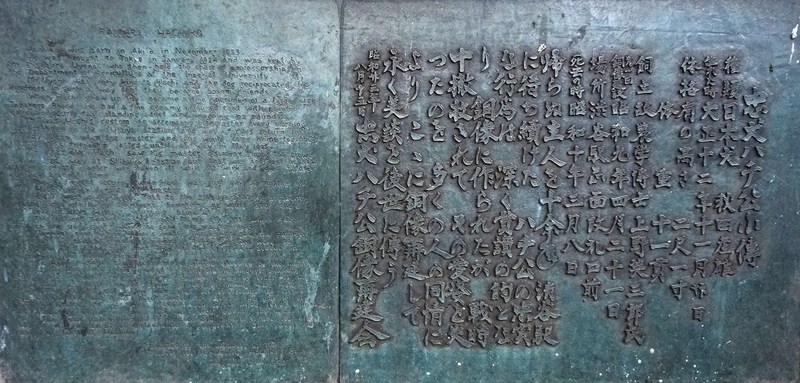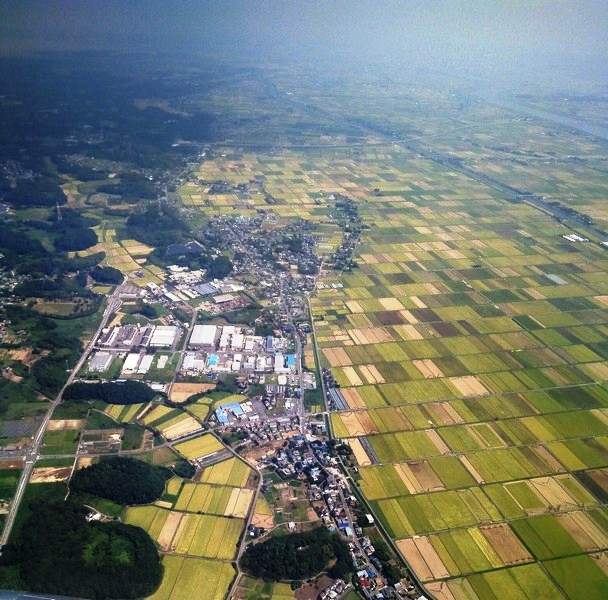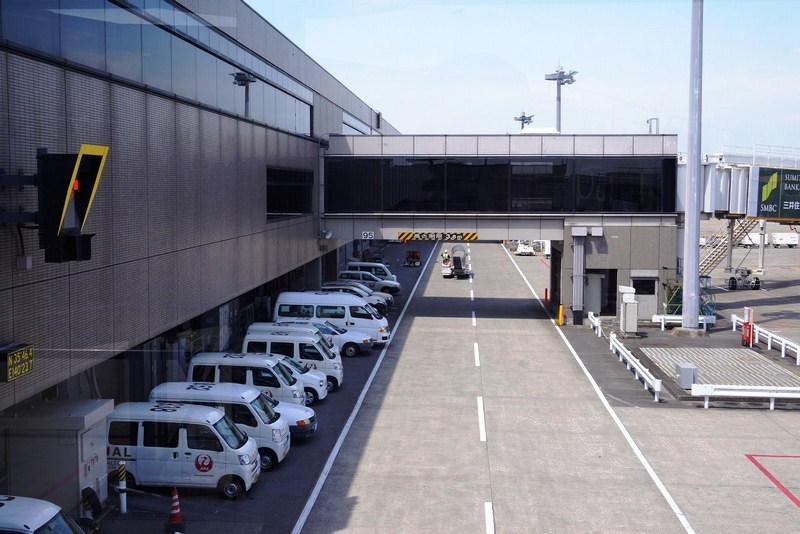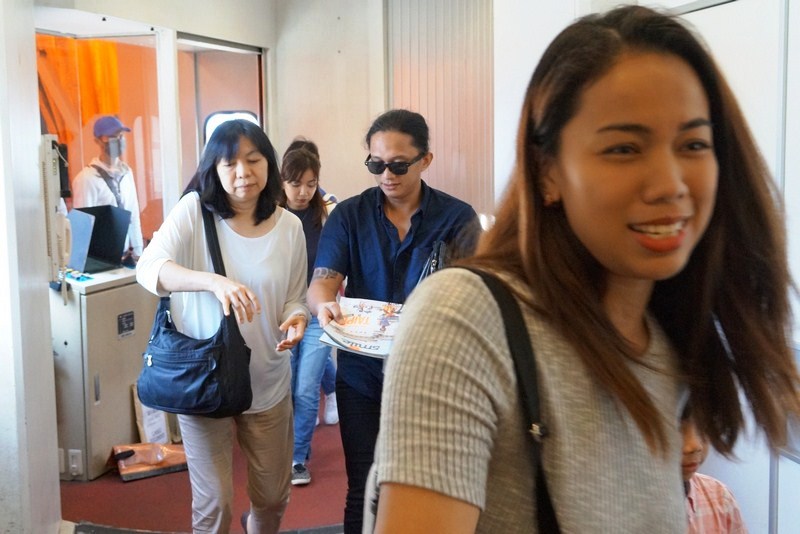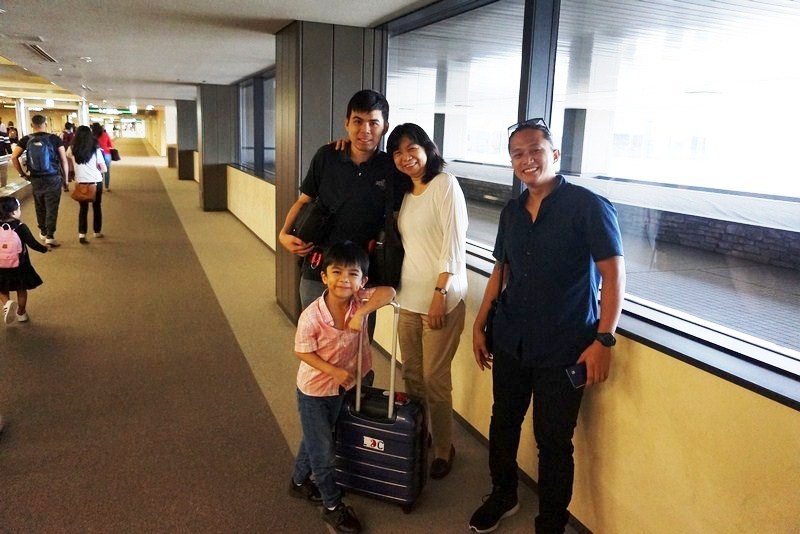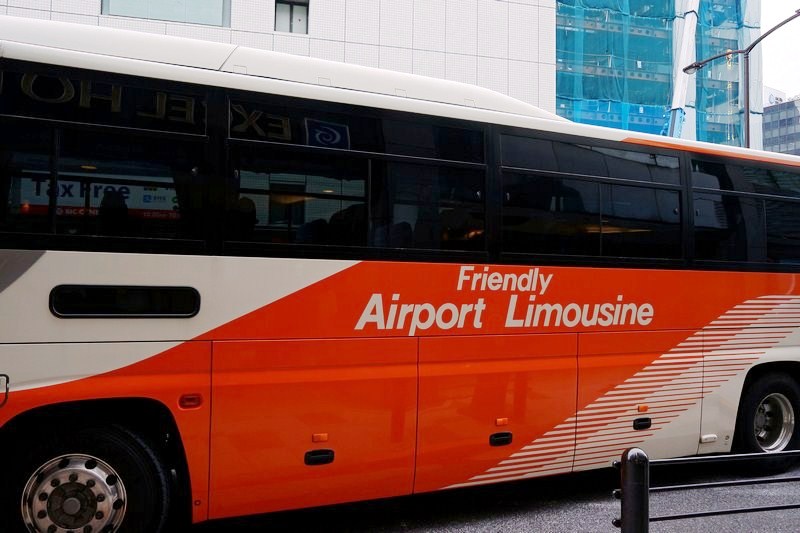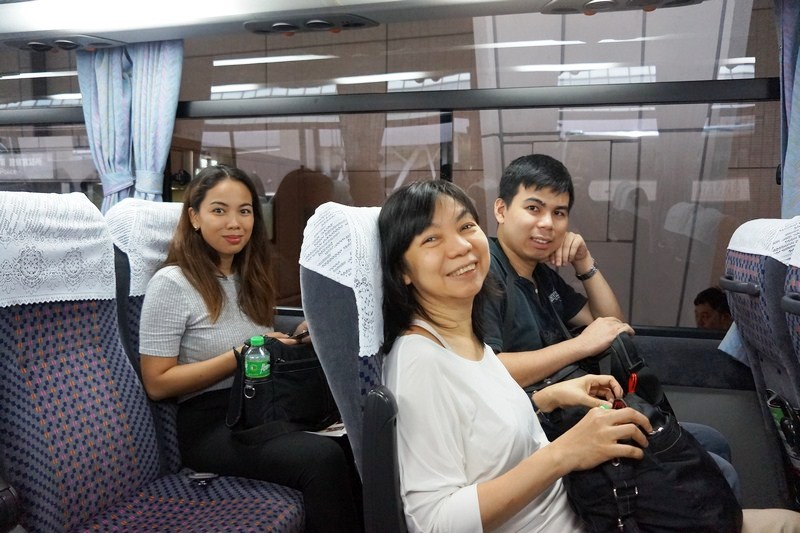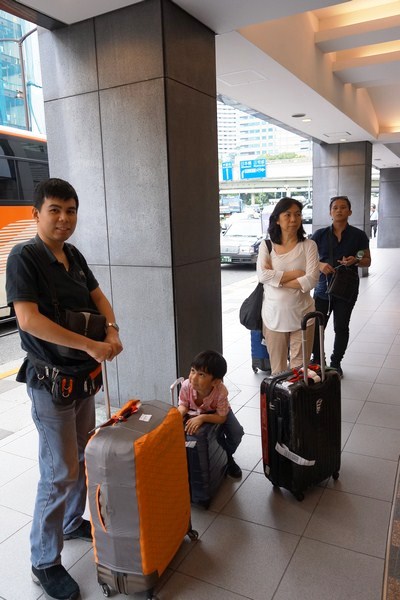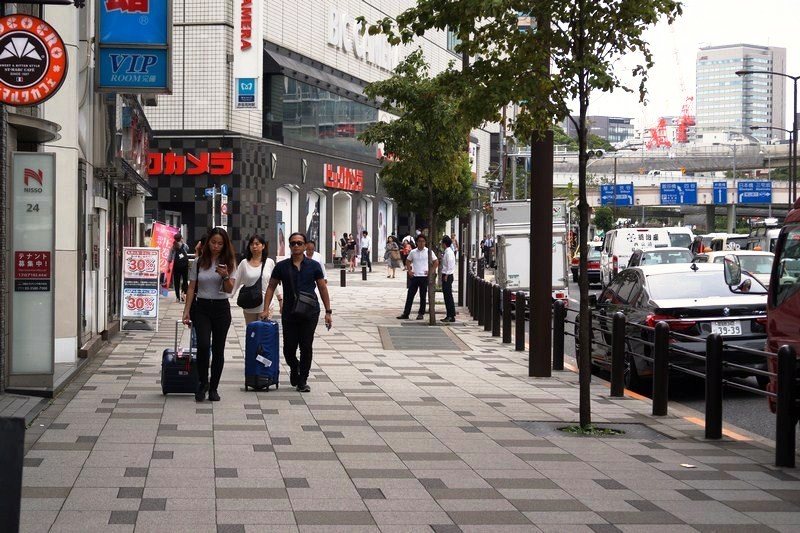Our second day in Tokyo was to be spent at the 71.22 hectare (176-acre) Tokyo DisneySea theme park at the Tokyo Disney Resort, just outside Tokyo. Getting there would entail us a number to Metro rides.
The second theme park to open (September 4, 2001, at a cost of 335 billion yen) at the Tokyo Disney Resort and the ninth park of the twelve worldwide Disney theme parks to open, the distinctly different Tokyo DisneySea was the fastest theme park in the world to reach the milestone of 10 million guests, having done so in 307 days after its grand opening (the previous record-holder was Universal Studios Japan 338 days after its opening). Just last year, it attracted an estimated 14.651 million visitors, making it the fourth-most-visited theme park in the world.
In 2002, for the concept, design, and construction of the theme park, Tokyo DisneySea won a Thea Award from the Themed Entertainment Association presented at El Capitan Theater in Hollywood, California.
Tokyo DisneySea has an overall nautical exploration theme to it, with seven nautically themed areas or “ports of call” – Mediterranean Harbor, American Waterfront, Lost River Delta, Port Discovery, Mermaid Lagoon, Arabian Coast and Mysterious Island.
Unlike neighboring Tokyo Disneyland, it provides a wider selection of table service restaurants and is one of the very few Disney parks that serve alcoholic beverages (from regular pints of beer to a mix of fun cocktails at kiosks to fine selections of liquor at the elegant Teddy Roosevelt Lounge).
After breakfast at our hotel, we walked over to the nearby Akasaka-Mitsuke Metro Station where we boarded the train for Tokyo Metro Marunouchi. Upon arrival, we transfer to the JR Keiyo Line for the JR Maihama Station and, from there, transferred to the Disney Resort Monorail from the Resort Gateway Station that is adjacent to JR Maihama Station. We reach Tokyo DisneySea at the Tokyo DisneySea Station, the third stop. The whole trip, including transfers, took us about 45 mins.
Within the entrance plaza is the DisneySea AquaSphere, a water fountain with a large model of the earth. Upon entering, the first “port of call” we encountered was the Mediterranean Harbor which is themed as an Italian port city. Unlike entry “lands” of other Disney parks, Mediterranean Harbor’s layout differs is a large “V” shape rather than a main street that leads to a hub (as found in Disneyland‘s Main Street, U.S.A. or Disney’s Hollywood Studios‘ Hollywood Boulevard”). Overlooking a sizeable marina, littered throughout the port are various shops and restaurants. Guests here can board and ride authentic Venetian gondolas at Palazzo Canals.
Tokyo DisneySea Hotel MiraCosta, built into the architecture of the port, serves as a full-scale reproduction of the various buildings of Portofino and Venice’s ports and serves as the southern berm (or border) of the park.
Mediterranean Harbor also features Soaring: Fantastic Flight (a flying simulator) and “Fortress Explorations” (a large-scale interactive play area for guests that features exploration-themed activities and attractions). At night, there’s “Fantasmic!” show which premiered on April 28, 2011 as part of the park’s 10th anniversary celebration.
To the right of Mediterranean Harbor, the path leads to Mysterious Island, and to the left, the path leads to the American Waterfront, separated by a bridge reminiscent of Ponte Vecchio, the old bridge in Florence, Italy.
The Victorian-style Mysterious Island, the smallest of DisneySea’s “ports of call,” relies heavily on the storytelling of Jules Verne and, specifically, the mythology of the volcano fortress mentioned several times in the books called “Vulcania.”
Its centerpiece and most prominent feature is the giant volcano Mount Prometheus and its ride employs technology similar to Epcot‘s Test Track.
While appearing to be a volcano on the water, Mysterious Island is not an island. It is built into the side of Mount Prometheus, which is part of the show building for the two more popular attractions – “Journey to the Center of the Earth” (a thrill ride) and “20,000 Leagues Under the Sea” (a dark ride).
The mostly indoors, whimsical Mermaid Lagoon, geared towards younger children, has a facade made to resemble King Triton’s palace, recreating the feeling of being underwater.
It features seashell-inspired architecture and is home to the characters of The Little Mermaid. Attractions at this “port of call” include Flounder’s Flying Fish Coaster; Scuttle’s Scooters; Jumpin’ Jellyfish; Blowfish Balloon Race; The Whirlpool; all children’s rides; and Ariel’s Playground (a children’s playground and extensive walk-through attraction that recreates the various settings in the movie).
At Mermaid Lagoon Theater, we watched “King Triton’s Concert,” a musical show that recreate the story of The Little Mermaid and featured live actors, large-scale puppetry and Audio-Animatronics.
The Arabian Coast, themed after Aladdin, recreates an Arabian harbor combined with an “enchanted world from 1001 Arabian Nights.”
Here, we tried out the Sindbad’s Storybook Voyage, an indoor dark ride boat ride whose art direction seems to be, at first glance, a variation on “It’s a Small World” (with its own theme song, “Compass of your Heart,” composed by Alan Menken).
We also tried out the Jasmine’s Flying Carpets and Caravan Carousel, a double-decker carousel that holds over 190 passengers, and ate lunch at its Casbah Food Court.
This “port of call’s” other attraction is the Magic Lamp Theater which houses a combined live-action/animatronic based magic show with a 3D movie featuring the Genie.
Lost River Delta, located at the back of the park, the dominant structure in this “port of call” is the ruins of an ancient Aztec pyramid in the Central American jungle which houses the dark thrill ride, Indiana Jones Adventure: Temple of the Crystal Skull. “Out of Shadowland,” a live theatrical show, follows Mei, a young girl lost in a world of shadows who finds confidence and strength through her sojourn there.
Also in the Lost River Delta is the DisneySea Steamer Line which transports guests from Mediterranean Harbor to Cape Cod and Lost River Delta.
Raging Spirits , an Intamin roller coaster which opened in 2005, is similar to Indiana Jones et le Temple du Péril at Disneyland Park in Paris).
At Port Discovery, home to the fictional “Marine Life Institute,” Grace, Jandy, Bryan, Cheska and Kyle tried out Aquatopia, a boat ride that uses LPS tracking (the ‘trackless’ technology also used in Tokyo Disneyland’s Pooh’s Hunny Hunt to move and spin through a lagoon amid waterfalls and whirlpools.
We also rode the relaxing and scenic DisneySea Electric Railway, an overhead electric trolley, on a 2 ft., 6 in. (762 mm.) narrow gauge track, that transported us the American Waterfront.
The Nemo & Friends SeaRider, opened on May 12, 2017, is based on Finding Nemo/Finding Dory which replaced the former StormRider simulator.
The American Waterfront, representing the northeastern seaboard of the United States in the early 20th century, features two themed areas – an “Old Cape Cod” section, and a “New York Harbor” section.
Here, we rode some of the area’s “Big City Vehicles,” from the limousine to paddy wagon, delivery truck and more, which roam the streets of the area.
The Tower of Terror, an elaborately themed free-fall E-ticket ride, is the port’s most popular attraction. Its Broadway-themed theater, which plays the show “Big Band Beat,” features 1940s-style swing jazz performed by a 12-piece band, as well as 20 singers/dancers.
This “port of call,” accessible by the aforementioned DisneySea Electric Railway from nearby Port Discovery, is dominated by the SS Columbia, a large passenger ship which is usually the site for various shows and events. It houses a restaurant and lounge.
Here, we watched a special theater-style attraction called Turtle Talk where you can ask questions (though in Japanese) in real time to Crush, the 153-year-old surfer-dude turtle from Finding Nemo and Finding Dory.
Toy Story Mania, in a new area called Toyville Trolley Park, is easily one of the most popular attractions in the park. An interactive 4-D theme park attraction, it opened on July 9, 2012. Inspired by Disney Pixar’s Toy Story, guests wore 3-D glasses while riding spinning vehicles that travel through virtual environments based on classic carnival games. There are shooters on the vehicles to let guests to shoot targets in those 3-D games like “egg toss” and “balloon pop”.
Tokyo DisneySea: Urayasu, Chiba Prefecture, Japan. Open daily, typically from 8 AM to 10 PM, admission ends one hour before closing. Admission: 7,500 yen. For a detailed map of Tokyo DisneySea, check out their website.

